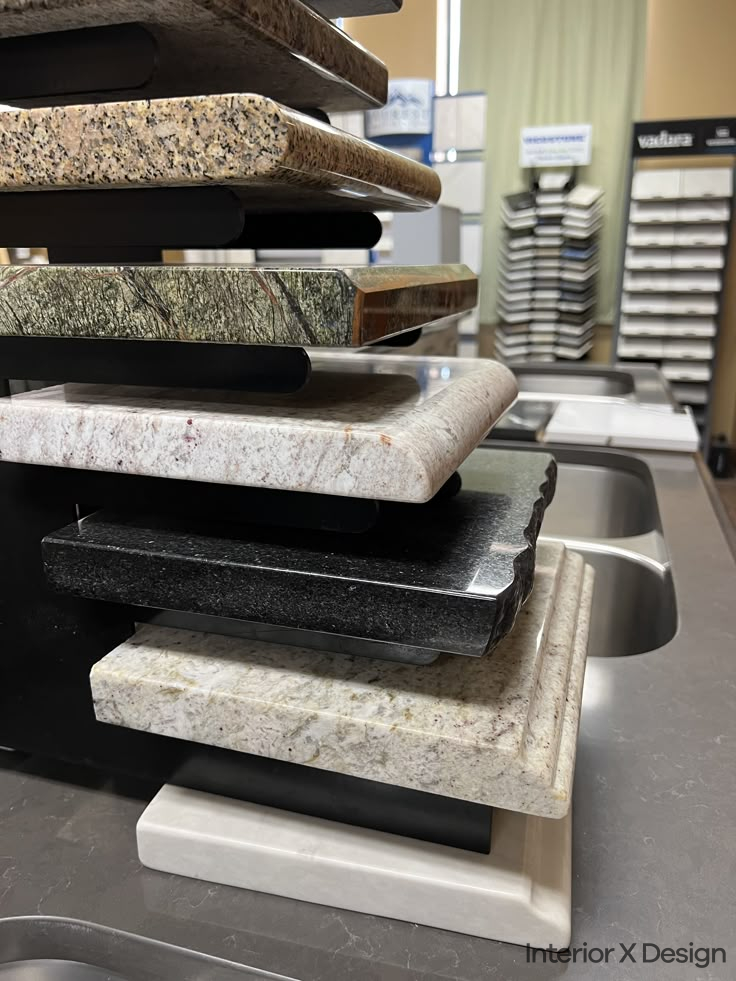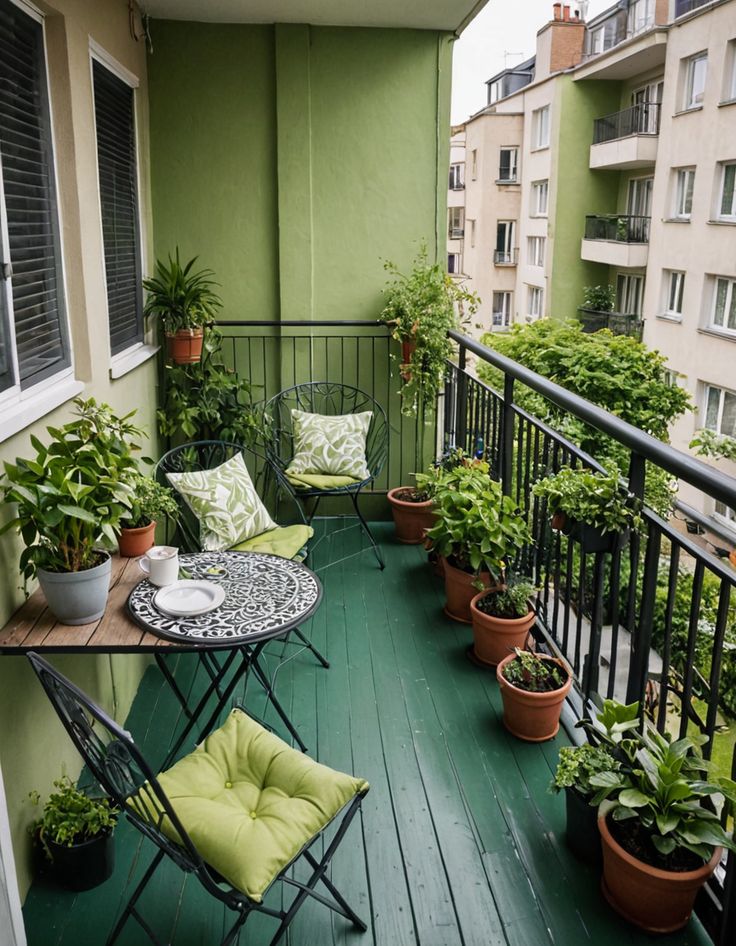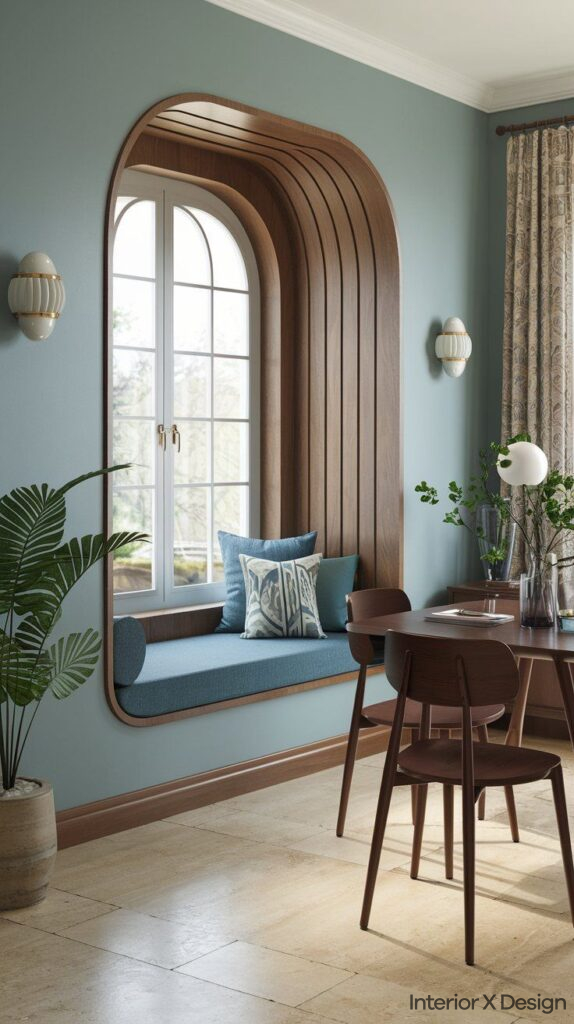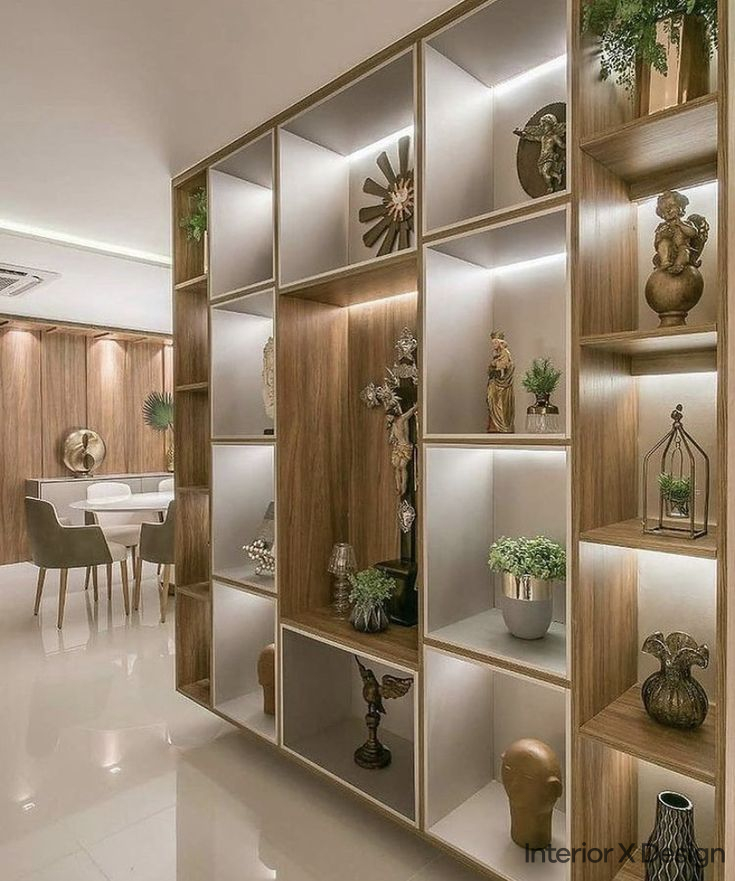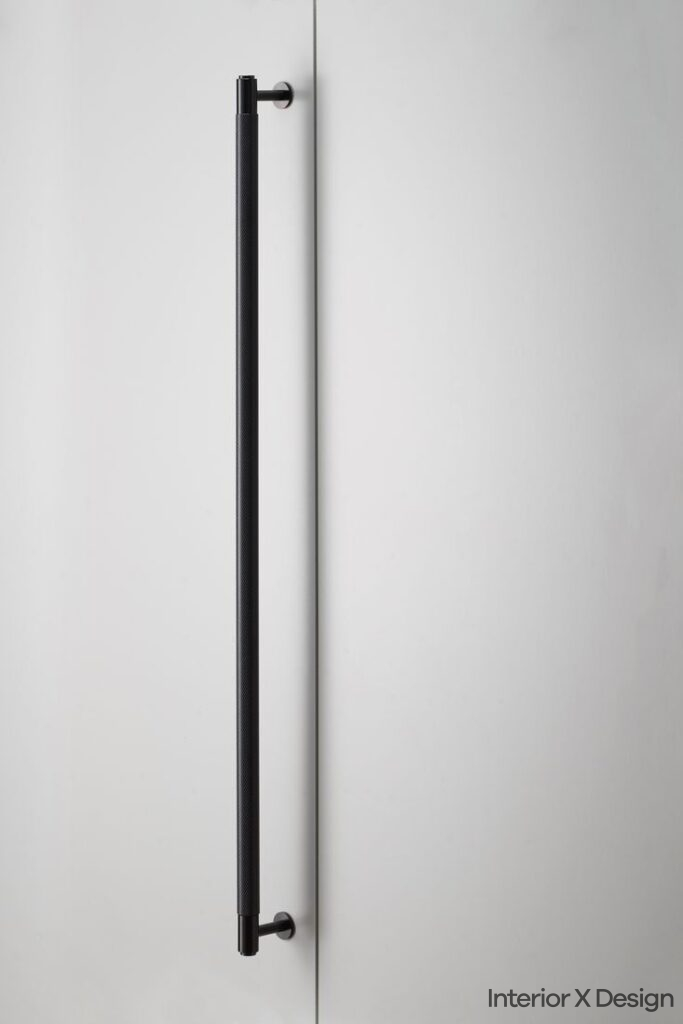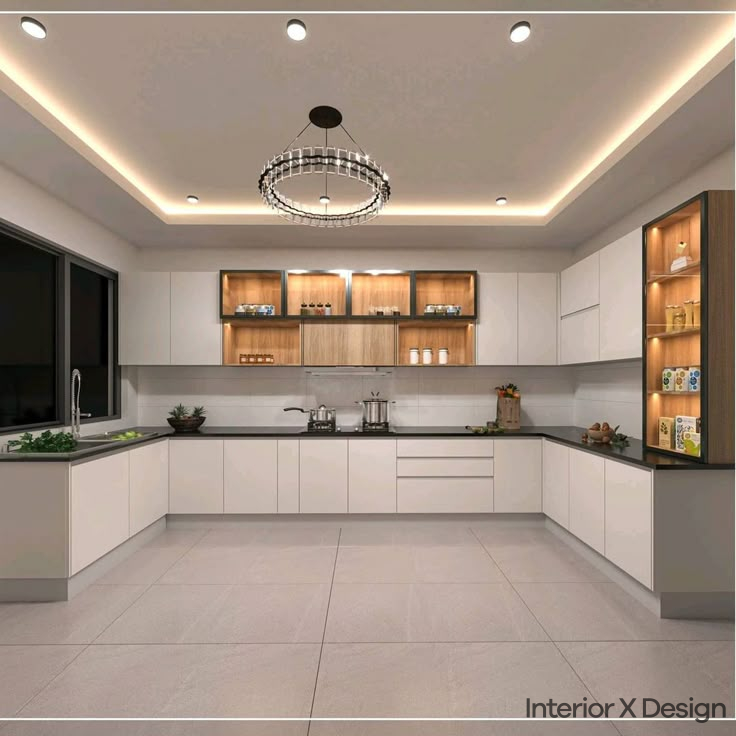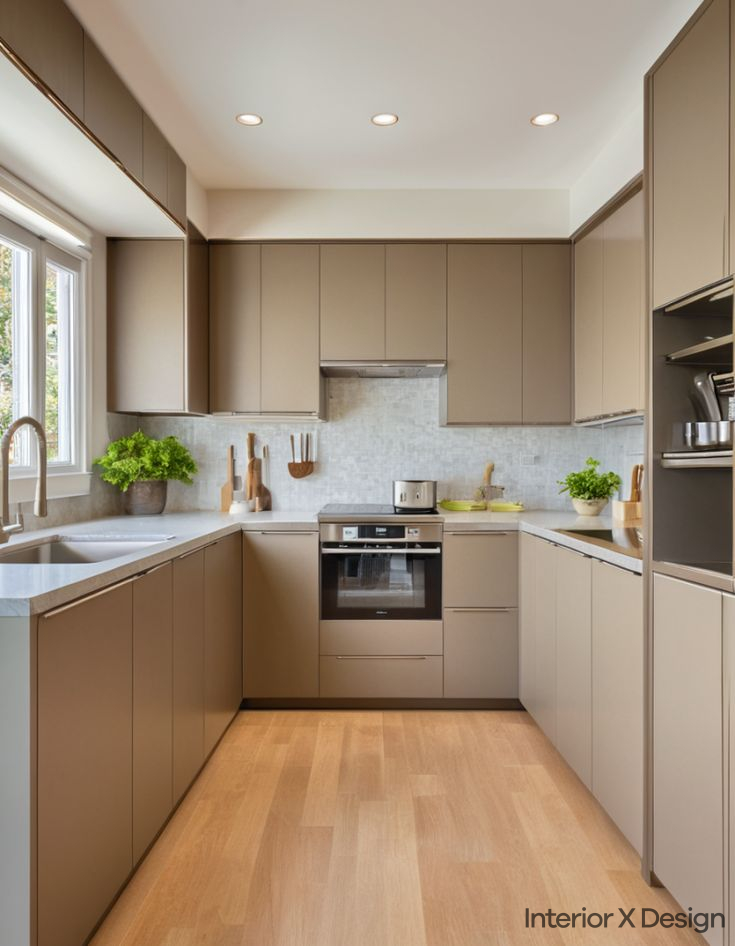In this blog, we’ll break down the five key differences between granite and tiles, providing a clear comparison to guide your decision.
1. Material Composition: Granite vs Tiles

Granite is a natural stone formed from cooled magma over millions of years. It primarily consists of quartz, feldspar, and mica, giving it exceptional hardness and a unique natural pattern. It is resistant to heat, scratches, and stains.
Tiles are manufactured products made from ceramic, porcelain, or vitrified materials. Ceramic tiles are composed of clay and minerals, while porcelain tiles use finer clay and are fired at higher temperatures, making them denser. Vitrified tilescombine silica, clay, and other materials under high heat, creating a non-porous surface.
Quick Comparison
| Feature | Granite | Tiles |
|---|---|---|
| Origin | Natural stone | Manufactured |
| Composition | Quartz, feldspar, mica | Clay, minerals, silica |
| Porosity | Low (when sealed) | Varies (vitrified is non-porous) |
| Strength | Very high | High (vitrified tiles are strongest) |
Key Takeaway: Granite is a natural, strong material with unique patterns, while tiles offer a wider variety of designs and customization.
2. Aesthetic Appeal: Granite vs Tiles
Granite offers a one-of-a-kind natural pattern. Each slab is unique, with veins and specks that enhance its luxurious appearance. It is available in colors ranging from light beige to deep black, making it a popular choice for upscale interiors.
Tiles, especially porcelain and ceramic, come in an extensive range of colors, patterns, and textures. They can mimic the appearance of wood, marble, or even granite. Modern tile designs can match any decor, whether modern, rustic, or traditional.
Quick Comparison
| Feature | Granite | Tiles |
| Color Options | Limited (natural colors) | Extensive (custom designs) |
| Unique Patterns | Yes (each slab is unique) | No (uniform patterns possible) |
| Texture Variety | Polished, honed | Matte, glossy, textured |
Key Takeaway: If you want a natural, high-end look, choose granite. If you prefer more design flexibility, tiles are the better choice.
3. Durability and Maintenance: Granite vs Tiles
Granite is extremely durable, resistant to heat, scratches, and stains. It requires periodic sealing to prevent moisture absorption. Properly maintained granite can last decades without losing its appeal.
Tiles vary in durability based on the type. Vitrified tiles are highly durable, stain-resistant, and water-resistant, making them great for bathrooms and kitchens. Ceramic tiles are slightly more porous and may require more maintenance. Tiles can crack under heavy impact, whereas granite is more resistant to breakage.
Quick Comparison
| Feature | Granite | Tiles |
| Scratch Resistance | High | Medium to High (depends on type) |
| Heat Resistance | High | High |
| Water Resistance | Requires sealing | Vitrified tiles are water-resistant |
| Lifespan | 50+ years | 20-30 years |
Key Takeaway: Granite is stronger and lasts longer, while vitrified tiles require less maintenance and are great for wet areas.
4. Cost: Granite vs Tiles
Granite is more expensive due to its natural origin and high durability. The price varies based on quality, thickness, and rarity of the stone. Installation also adds to the cost since it requires professional handling.
Tiles are generally more affordable. Ceramic tiles are budget-friendly, while porcelain and vitrified tiles are slightly more expensive but still cost less than granite. The installation process is cheaper since tiles are lighter and easier to work with.
Quick Comparison
| Feature | Granite | Tiles |
| Material Cost | High | Low to Medium |
| Installation Cost | High | Low |
| Long-Term Value | High (lasts longer) | Medium (may need replacement sooner) |
Key Takeaway: Granite is an investment with long-term durability, while tiles are a budget-friendly option with easier installation.
5. Installation Process: Granite vs Tiles
Granite installation requires professional expertise. Since slabs are heavy and require precise cutting, the process takes longer. Additionally, granite surfaces need a strong and stable base for proper installation.
Tiles are easier to install. They can be laid faster, and many homeowners opt for DIY installation (though professional help ensures better results). Vitrified tiles come with pre-polished surfaces, reducing additional work.
Quick Comparison
| Feature | Granite | Tiles |
| Installation Time | Longer | Shorter |
| Complexity | Requires professionals | Can be DIY (for some types) |
| Weight | Heavy | Lightweight |
Key Takeaway: If you want a fast and easy installation, choose tiles. If you prefer a permanent, high-end option, granite is better.
Common Mistakes to Avoid
- Skipping sealing for granite – Unsealed granite absorbs moisture and stains easily.
- Choosing the wrong tile type – Ceramic tiles are not as durable as vitrified tiles for high-traffic areas.
- Ignoring subfloor preparation – Uneven surfaces can lead to cracks in tiles or improper granite installation.
- Underestimating maintenance – Granite needs sealing, while tiles require grout cleaning.
- Opting for DIY without expertise – Incorrect installation can lead to damage and higher long-term costs.
Conclusion
Both granite and tiles have their advantages and limitations. Granite is a premium, durable, and natural optionwith a timeless appeal, while tiles offer more design choices, affordability, and easy installation.
Which One Should You Choose?
- Choose granite if you want long-term durability, natural beauty, and luxury.
- Choose tiles if you prefer design flexibility, affordability, and a quicker installation process.
By understanding these key differences, you can make the best decision for your space, ensuring beauty and functionality for years to come.
Additional Resources
- Residential Interior Design Ideas
- Commercial Interior Design Services
- Top 10 Modern Simple POP Ceiling Designs
- Luxury 3-Floor House Design Ideas in India
- Contact Interior X Design
Need expert guidance? Get in touch with Interior X Design for personalized recommendations!

